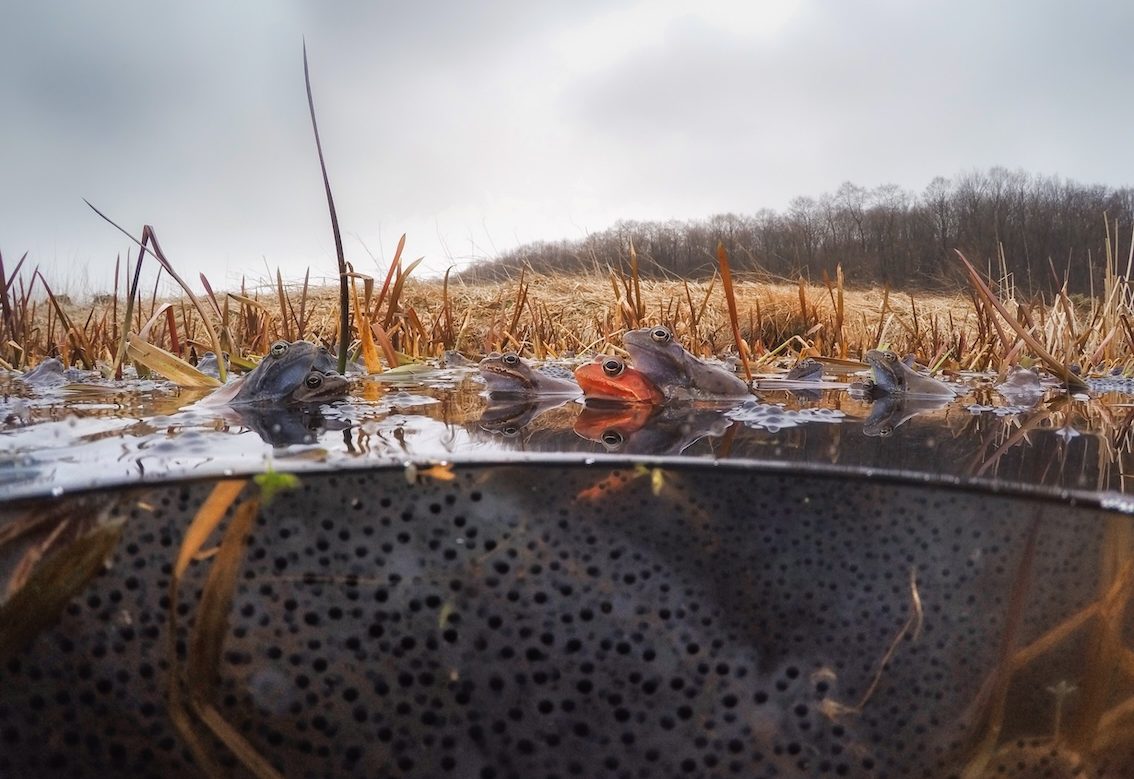
Artificial Intelligence Sheds Light on Genetic Diversity
The inevitable rise of artificial intelligence keeps opening new horizons in almost every field. In particular, this rapid development is leading to significant changes in scientific research and offering innovative approaches in complex fields such as evolutionary biology. A pioneering study now harnesses the power of AI and machine learning to understand what factors make the most significant contribution to the genetic diversity of a species.
The June 2024 paper by Bryan Carstens, professor of evolution, ecology and organismal biology at Ohio State University, and Emanuel Fonseca, postdoctoral researcher at the University of Arizona, has been published in Molecular Phylogenetics and Evolution.
Throughout their evolutionary history, organisms are subject to several processes, including changes in population size, migrations, genetic bottlenecks, habitat loss, climate change, and geological events, all of which result in genetic diversity. However, it is not easy to find out what plays a greater role and which processes affect genetic diversity the most. This is because each species has its evolutionary history and its own evolution/genetic diversity in response to it. For example, even if two closely related species are distributed together over a large area and evolved under similar environmental and geological processes, the main factors affecting their genetic diversity may still be different.
The question Fonseca and Carstens had in mind at this point was: “What can machine learning and artificial intelligence tell us about the evolutionary history of a species?”
To test this, the researchers sought to understand what distinguishes two cousin frogs native to Northeastern Brazil, Leptodactylus troglodytes and Rhinella granulosa. Although these two species live in the same region, there are differences in their evolutionary history. For example, while Leptodactylus troglodytes breed continuously throughout the rainy season, Rhinella granulosa requires heavy rainfall to breed and thus it only breeds rapidly during this particular period of heavy rainfall.
The researchers chose these species for a reason. Both have been studied before in terms of “historical population changes” and “the impact of environmental factors”, but Bryan Carstens describes the problem here: “Before this work, we had to ask questions independently because you couldn’t investigate both influences in the same framework”. In other words, while previous research has investigated the effects of historical population changes and environmental factors on the genetic diversity of these frogs, it has done so on separate datasets –which made it difficult to discern which was the most important. This study, on the other hand, allowed the evaluation of both processes for the first time with the help of AI.
Environmental processes explain how environmental and geographical factors influence the genetic structure of species. Changes in the environment, such as habitat fragmentation, can cause species to become isolated and genetic differences to be accumulated in these isolated populations. Such differences can drive the adaptation processes of species, and open up new evolutionary pathways. Both processes are important tools for understanding the evolutionary history and genetic diversity of species, and help us understand their evolutionary strategies and adaptations.
The results suggest that the genetic diversity of Leptodactylus troglodytes is mostly shaped by demographic events in response to habitat changes that have occurred over the last 100,000 years. On the other hand, the main driver of diversity in Rhinella granulosa is shaping the genetics of frogs that remain relatively isolated, mostly due to landscape factors -geographical distance or unsuitable habitat.
Carstens describes his field of study as understanding how biodiversity arises, assessing the different contributions of evolutionary processes, and inferring the ecological and environmental forces that contribute to population genetic structure. He also warns researchers to beware of misleading patterns that may emerge in their results. “No analysis that we do is going to capture every single factor that has been important to these species over millions of years. So we have to allow for a range of possibilities without making it so broad that essentially any model would be able to fit the data.”
This exciting study reveals how technological advances could help researchers in the future to answer different questions and test new hypotheses. AI and machine learning technologies have shown great potential in a short time. In the future, these models are expected to become more advanced and comprehensive. Until then, let’s push our imagination, and admire how the endless curiosity of science transforms a candlelight in a dark world into a great flame that illuminates our path![/vc_column_text][/vc_column][/vc_row]
REFERENCES
- 1. https://www.sciencedirect.com/science/article/abs/pii/S1055790324001088
- 2. https://phys.org/news/2024-07-ai-scrutinize-validate-theories-animal.html
